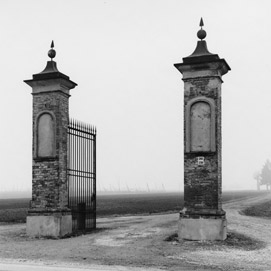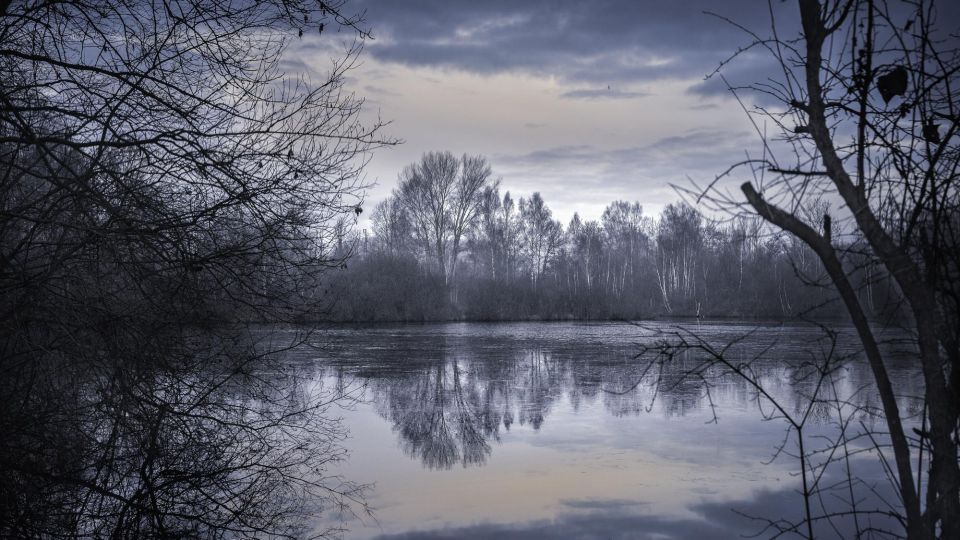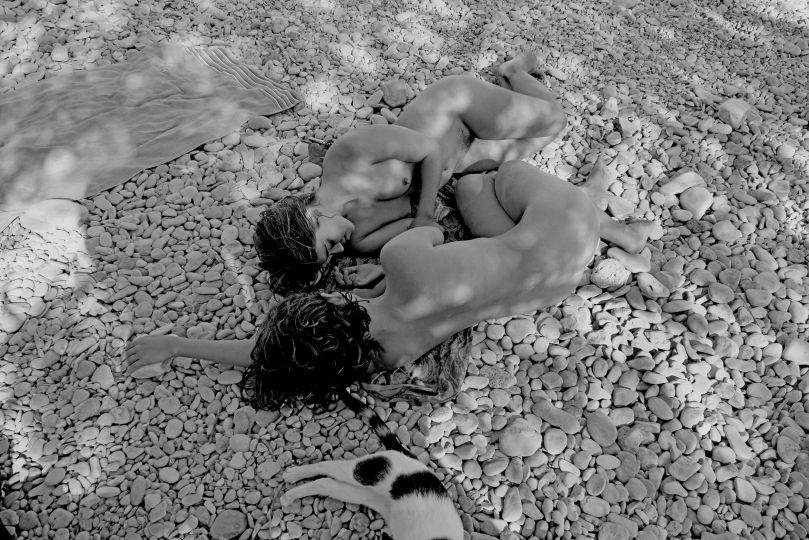With reference to the Pillars of Hercules, a first reading grid of Cesare Di Liborio’s photographs is proposed, placing the image in a dual perspective: natural and geographic on one hand, cultural and historical on the other.
It is pagan and Christian. We come to the image of Hercules, at the end of a heroic feat, full of trials and deeds of valour. The portals it depicts are the result of a trail of deeds of prowess, unique of a superhuman hero. These pillars mark a completion, an ending, they are the support of an arch of triumph without a vault, open to the heavens. They lift the traveller up to the level of the hero, the man who walked, fighting. But this ending also has a meaning of opening. These raised arms show the way. The God of Christians takes the place of the pagan hero:
I am the door :
by me if any man enter in,
he shall be saved, and shall go in and out,
and find pasture.
(St. John, 10,9)
The spiritual and metaphysical perspective is primarily natural, geographical.
It opens onto space, the space of the countryside, of trees and of the forest. The pillars of the portal undergo a metamorphosis that transforms into tree trunks, the dead stone becomes living wood, the meadow becomes a sea of grass, of trees, of ears of corn. There where it appears to be an enclosure, a closed grille, affirmation of human appropriation, the pillars and the enclosure cannot stop us going around it and to get around it, the entrance. The road is in front of the door to where it leads, but we go beyond, along the path used for going, or by anarchic penetration of the land.
We find ourselves, beyond the names and signs, in a given geographical and historical space, in the north of Italy and more vaguely in a Mediterranean country. The pillars, at times isolated, remain a sign of the past, of the buried civilisation but not swallowed up. The Mediterranean is a field of memories and nostalgia.
The hole is then plugged, the wall closed, barred, brick and stone replace the void, the horizon, the trees, the forest. Even the door built and designed is solid as a sign of refusal, of impossibility, it too becomes a wall. The conflict between opening and closing terminates at the enclosure. Hercules stops in front of the last labour, still to be terminated. Man will go no further and not see what is behind him.
Ye shall seek me, and shall not find me :
and where I am,
thither ye cannot come.
(St. John, 7, 34)
Everything the photographer’s eye and hand are looking for is there : space, time, nature, man (hidden but terribly present, like Hercules after his labours), the monument, the shadows and the light.
Photography is a product of the eye of the body and of the eye of the soul. It nourishes it with images and feelings, reality and fantasy. This dual movement, this dual creation is the distinguishing mark of great photographers, of great artists, of great poets.
Jacques LE GOFF
















